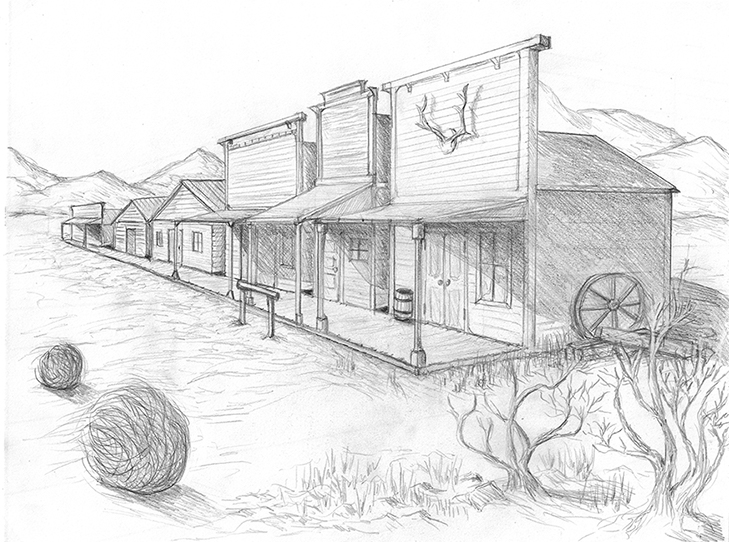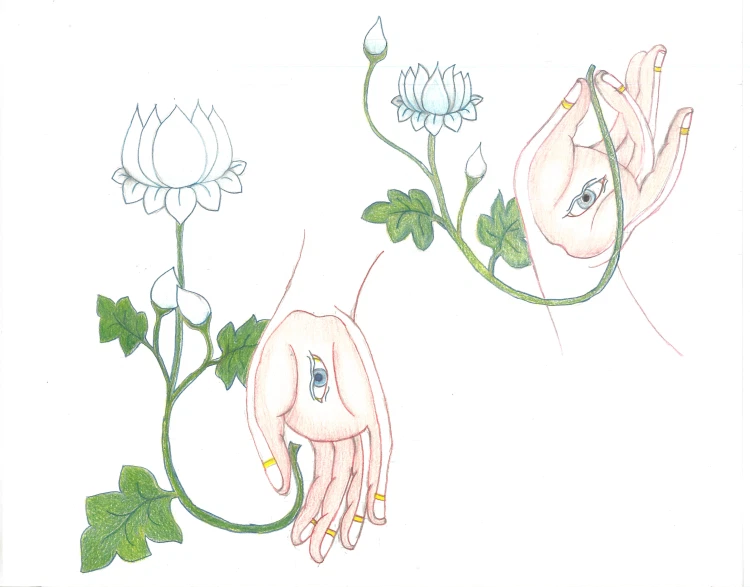In this series of posts, we highlight some of our awesome team members and the things that capture their interest outside of work. We encourage everyone at Alley to follow their passions because being personally invested in something sparks creativity, drive, and a refreshed view of countless areas of a person’s life. Sometimes those benefits even follow the person back to work.
In this Alley Spotlight, we talk to Eddy Ficklin about his creative side. Aside from being a Senior Software Developer here at Alley, Eddy is a writer and illustrator who publishes his comics (and other artwork) on his website, www.edwardficklin.com [warning: some NSFW content].
Tell us about your interest in writing and illustrating comics.
Storytelling has been at the heart of my artistic practice for as long as I can remember. For many years those stories were set to music and performed live. Some of that work fell firmly into the Western classical tradition, aka opera, some was more out there. Over the last few years that morphed into telling stories with words and pictures, aka comics. The change stems partly from a response to the recent resurgence of comics-based popular entertainment (Marvel, anyone?), but also grew out of disillusionment with the elitism and exclusionary mindset endemic in the world of classical music.
Do you have an artistic background? How did you get into this?
I endured two years of music school (oh, the scars!) and, later, got an undergraduate degree in English, but no formal training in the visual arts. I’ve learned lots from online resources, paid and free, and some continuing education classes at the School for Visual Arts in NYC. Interacting with other artists on social media has also been helpful and illuminating.
What do you usually write about, or what types of stories are you most passionate about?
Queer representation is super important to me right now. We’re at a moment in our society where we’re starting to realize the importance of these things, for everyone. It’s as much seeing yourself on the page or the screen as it is knowing that someone like you is behind the scenes telling the story. Beyond that, I love SciFi, space opera especially, and healthy doses of the absurd.
I also love working with traditional media–definitely in the minority on this one. It makes for a lot more work, but since I’m staring at a screen all day already, the last thing I want to do with my evenings and weekends is more staring at screens. It’s nice to make things that are real and can be touched–maybe even hung on the wall!
How do you think this hobby changes the way you see and interact with other people? Has it changed your life at home or at work?
Some lessons learned along the way:
- See people as unfolding stories, always in progress, always in motion.
- Stop to stare at things all the time and analyze them visually. Think about how to draw or paint that. Look at the shadows, the lines, the colors. Break things down into base components so you can reassemble again, but differently, with your own take, through your own lenses.
- Patience, repetition, failure, and honest assessment are required in developing your craft. I heard it referred to as “mileage” recently, and that’s really it. This applies to programming as much as it does any creative practice.
- Good collaboration is not always comfortable or easy. In fact, “easy” can be a sign that someone’s checked out and just along for the ride. That may not be bad, but the dynamic tension created by different, sometimes conflicting, views is where the magic really happens. Don’t be afraid of conflict, just learn to handle it like a grown-up.
- Go where the work wants to go, tell the story as it wants to be told, even when you end up in scary or unknown territory. Doing this honestly will keep you from getting too self-indulgent in your work.
The skills of visual storytelling have some overlap in UX development. An interface can be treated like a story that unfolds in a sequence of discrete events, like the panels of a comic. It’s also taught me to pay attention to how words and images interact with each other: do they complement, contradict, repeat? Whether it’s where the “POW!” of a fight scene goes or where to put an error message on a form, the underlying problem is the same.
Good editors are worth their weight in platinum!
Do you have any pictures you would like to share of your art?


